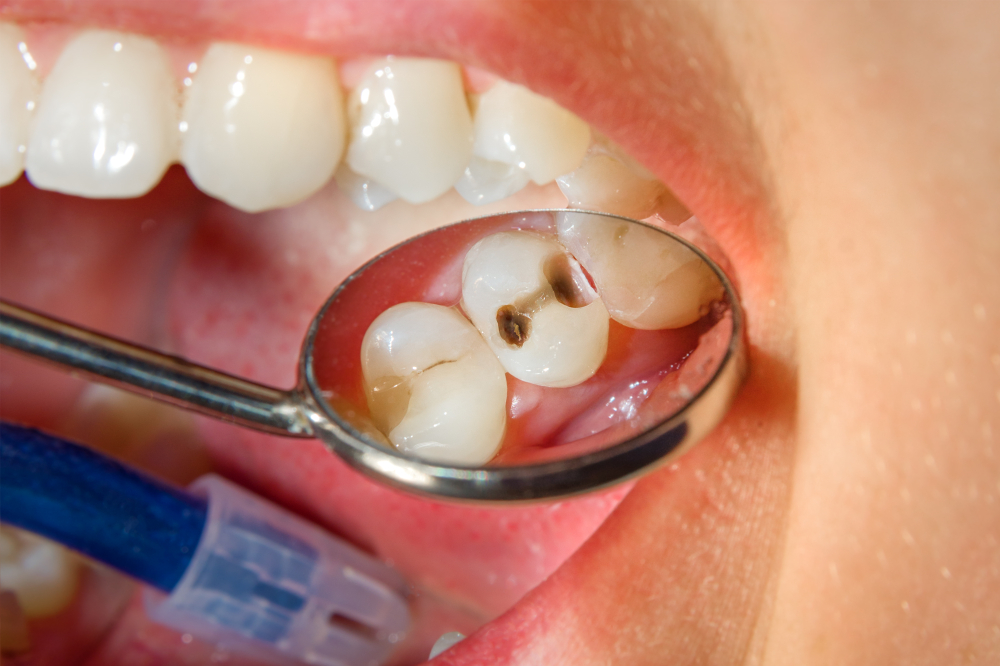Tooth decay occurs frequently. A lot of the time, even if we are brushing our teeth, we aren’t brushing properly or we miss spots on our teeth. There are certain areas of the teeth that are more susceptible to decay. These places are the crown of the tooth, or the space in between the teeth. The best way to ensure tooth decay is avoided is practicing good dental hygiene.
The most optimal dental hygiene consists of brushing your teeth twice a day and flossing your teeth. Flossing and brushing regularly makes sure you are removing any unwanted bacteria and food particles that are left in the mouth. It is also good practice to go to regular dental checkups. With seeing your dentist, they can make sure with their high tech equipment, every part of the tooth is cleaned.
When decay sets in, cavities form. A cavity is when your enamel breaks down and the decay reaches the soft part of your teeth. This causes a hole in the tooth, which leaves room for bacteria growth. Symptoms you may have a cavity is having consistent toothaches, and sensitivity to food and beverage temperatures.
If you have been diagnosed with tooth cavities, your dentist should be able to treat the problem effectively. The procedure is relatively painless depending on the amount of decay your tooth has reached. However, for more serious cases of tooth cavities an anesthetic can be used to ensure you feel little to no pain. Taking care of a cavity is done so by your dentist inserting a filling into the tooth. A filling will protect the hole that has formed, by filling it with a material that will not let any more decay occur. If the decay has gone past what a filling can fix, your dentist may recommend a root canal or a crown.
If you think you may be plagued by a cavity or decay, do not hesitate to set an appointment with your dentist. It is easier to rectify a cavity at the beginning stages, before your tooth goes into serious decaying. Schedule an appointment for a filling or for a routine teeth cleaning to ensure optimal oral care.

